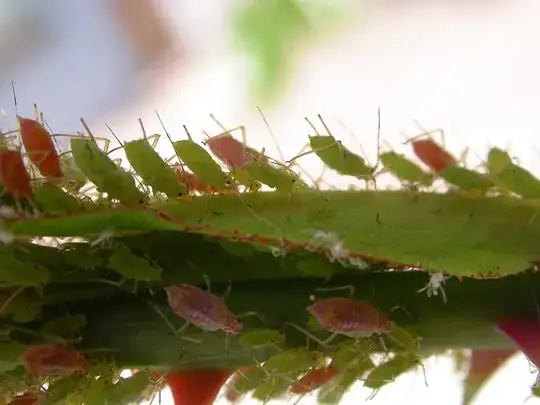I have looked around and I have seen some recommendations for plants to attract ladybugs, for example, a few sites list that alyssum works well.
I am hoping to find out others experiences about certain plant choices and how well or not well desired insects were attracted, you would guess, because of the planting.
Perhaps if different plants were tried was there a particular plant or some plants that seemed to do better than others for attracting the insects?
In particular I am most interested in learning about others experiences with plants to attract ladybugs and praying mantis, since I appear to have a problem with aphids.
 nasturtiums
nasturtiums